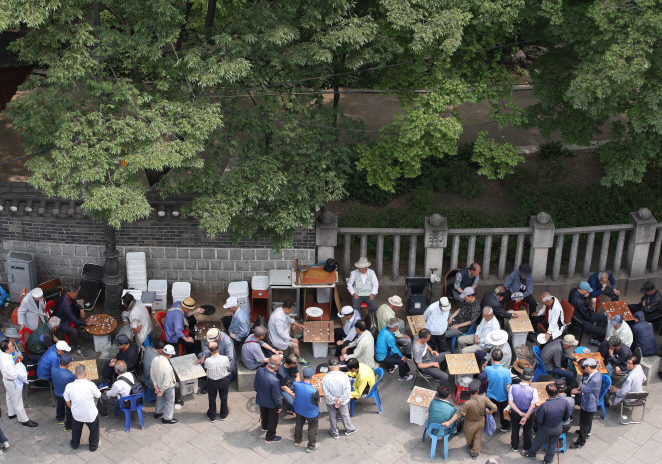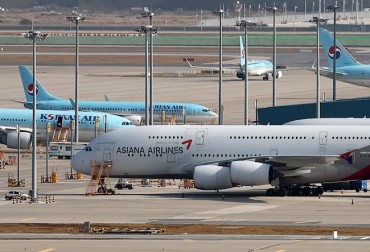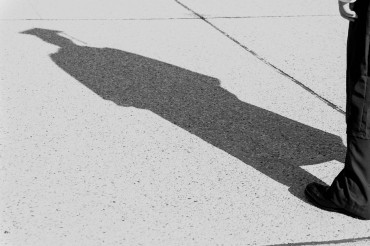SEOUL, Feb. 24 (Korea Bizwire) — South Korea reported the first natural decline in population last year as the number of deaths outpaced that of newborns amid the country’s rapid aging and chronic low birth rate, data showed Wednesday.
The number of newborns came to a record low of 272,400 last year, down 10 percent, or 30,300, from a year earlier, according to preliminary data provided by the Statistics Korea.
Last year, an all-time high of 305,100 people died, up 3.4 percent, or 10,000, from the previous year. This resulted in a decline of 33,000 in the country’s population.
The number of deaths topped that of newborns here in what’s called a “dead cross” phenomenon for the first time since 1970, when the statistics agency began compiling related data. This means the country’s population will naturally decline.
South Korea is struggling with a decline in childbirths as many young people delay marriage or give up on getting married or having babies amid a prolonged economic slowdown.
“A natural fall in the population could accelerate as the number of marriages sharply declined last year amid the COVID-19 pandemic, which will likely reduce childbirths further,” Kim Su-young, a Statistics Korea official, said at a press briefing.
The country’s total fertility rate — the average number of children a woman bears in her lifetime — hit a new record low of 0.84 in 2020, down from 0.92 the previous year. It marked the third straight year that the rate dropped below 1 percent.
South Korea was the only country whose total fertility rate stayed below 1 percent among 37 member countries of the Organization for Economic Cooperation and Development (OECD).
As of 2018, the average fertility rate among OECD nations came to 1.63.

This photo, taken on June 2, 2019, shows elderly people gathering at Tapgol Park in central Seoul to spend their free time. (Yonhap)
The country’s crude birth rate — the number of births per 1,000 people per year — also reached an all-time low of 5.3 last year, down from 5.9 the previous year.
A fall in the fertility rate is feared to accelerate the country’s so-called demographic cliff: a major drop in the working population amid the low birth rate.
The country is also expected to cross the threshold of a super-aged society in 2025, in which the proportion of those aged 65 or older will hit 20 percent of the total population. South Korea became an aged society in 2017.
The government earlier forecast the country’s total population, currently estimated at 51.6 million, to peak in 2028 and start to fall the following year.
The total population is calculated based on the number of childbirths and deaths and the immigration trend.
(Yonhap)







